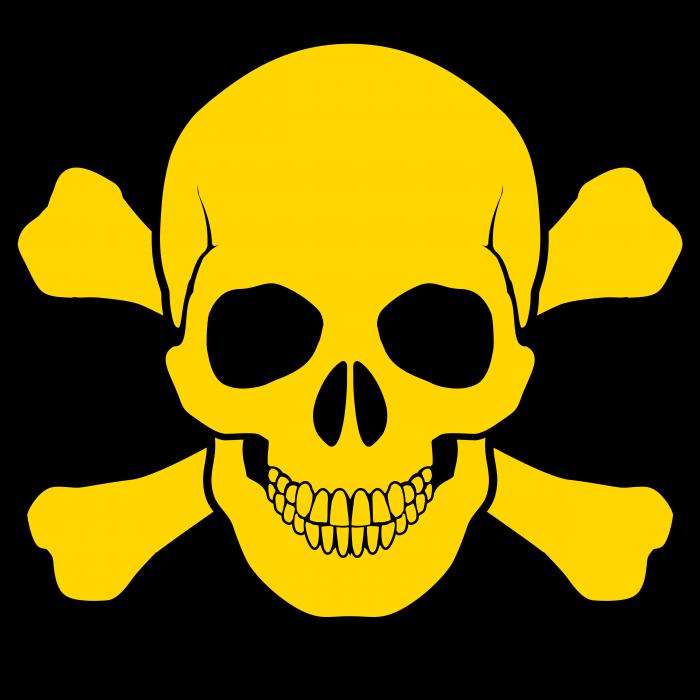

The CRIME FILES

April 15, 1872. Goingsnake District, Cherokee Nation. Resident Zeke Proctor was being tried for shooting a woman to death and leaving another man severely wounded. Because of strong family ties of the accused and victims and because of a jurisdictional dispute between the Cherokee Nation and the federal courts, ten Deputy US Marshals attended the trial with orders to arrest Proctor on federal charges if he was acquitted. With tempers flaring, the trial never reached a conclusion and a gunfight broke out in the courtroom. When it was over, eight Deputy Marshals and three Cherokees were dead.
May 4, 1886. Chicago, Illinois. It began as a peaceful rally in support of workers striking for an eight-hour day and in reaction to police killing several workers the previous. Suddenly, someone threw a bomb towards police officers as they moved in to break up the meeting. The blast and ensuing gunfire resulted in the deaths of seven police officers and at least four civilians. Scores of others were wounded.
October 3, 1929. Canon City, Colorado. Colorado State Penitentiary. A group of five convicts led by inmate Danny Daniels captured and disarmed several guards. As the men hid in cellblock three, another group of convicts set fire to the mess hall, two other cellblocks and the prison chapel. With Daniels threatening to kill the captive guards unless he was set free, Warden William Crawford called the National Guard and local police for help. When Daniels realized his demands were not going to be met, he began shooting the guards. That led Warden Crawford to launch a dynamite attack on the cellblock. The blast failed to breach the wall. Tear gas was then thrown through the windows from the roof. Recognizing escape was now impossible Daniels killed his four companions and himself. In all, eight guards and the five prisoners died.
November 24, 1917. Milwaukie, Wisconsin. After social worker Maude Richter discovered a suspicious package next to a church, she moved it into the basement. Later, she showed the package to the janitor, Sam Mazzone. Fearing the worst, Mazzone hand delivered the package to the front counter of the Milwaukie Police Department’s Central Division. Shortly after 7 p.m., a group of detectives filed out of roll call in the first floor assembly room. According to the police report, “Detectives examined the package with a fury of haste when it exploded, immediately killing nine police officers and one female civilian.” The case was never solved however police suspected the bomb was linked to anarchists seeking revenge against the pastor of the church.
September 9, 1971. Attica, New York. The Attica Prison riot was one of the most well-known and significant uprisings in the history of American correctional institutions. With demands for more political rights and better living conditions, more than 1,000 of Attica prison's 2,200 inmates seized control of the prison. 42 staff members were taken hostage. Following four days of negotiations, authorities agreed to some of the prisoners' demands but would not agree to give the rioting inmates complete amnesty from prosecution or for the removal of Attica's superintendent. By the order of Governor Nelson Rockefeller, state police took back control of the prison. When the uprising was over 43 people were dead, including ten correctional officers and civilian employees and 33 inmates.
April 19, 1995. Oklahoma City, Oklahoma. The Oklahoma City bombing of the Alfred P. Murrah federal building was an act of domestic terrorism carried out by army veteran Timothy McVeigh and Terry Nichols. The blast destroyed one-third of the building killing 168 people, and injuring more than 680 others. Among the dead were eight federal law enforcement agents.
The moral to this very grim story is BE CAREFUL. Don’t take any situation for granted. You never know when things can turn ugly.
This edition is in memory to the more than 18,000 American law enforcement officers who have been killed in the line of duty since the first, Constable Darius Quimby of the Albany County Constable's Office, New York. Constable Quimby was shot and killed while attempting to arrest a man on a trespassing warrant.

Our Deadliest Days
In the history of American law enforcement mortality, nothing was worse than September 11, 2001. The aftermath of the worst terrorist attack in US history left 343 firefighters and 71 police officers dead.
Most historians will forever proclaim these first responders died in the attack. The reality is something much different – the overwhelming majority of those killed died while performing rescues AFTER the twin towers had been struck. Had they simply retreated - something that goes against the very oath they took to protect and serve - most of those brave men and women would woke up to September 12th.
Fast forward to today.
Media pundits were quick to label the incident in Dallas Texas on July 7, 2016, as the second deadliest day in American law enforcement history. With five officers killed by a sniper, it seemed as though only 9/11 could be worse. Unfortunately, the media was wrong.
Here is a look back at some of the deadliest days in American law enforcement.
